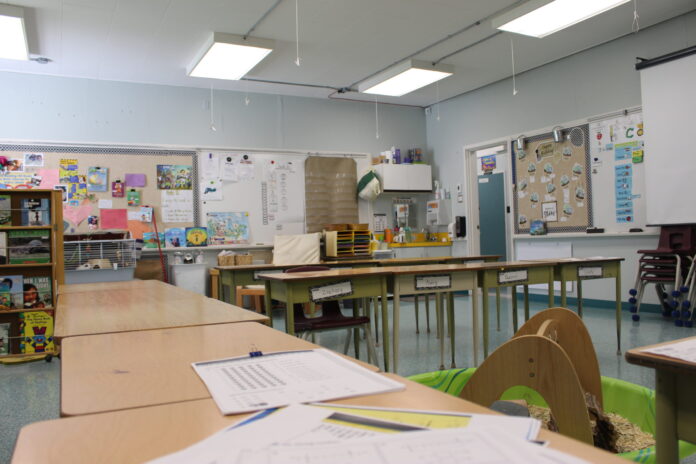When students return for the next academic year, so does the ongoing teacher shortage.
A report published by the B.C. Teacher’s Federation found almost 14 per cent of educators are very unlikely to be in the same career after two years.
Work B.C. reported the average annual employment growth for elementary and secondary school teachers in northeastern B.C. is –0.1 per cent – meaning the number of teachers in this pocket of the province decreased, despite the shortage.
The primary source of unhappiness among teachers is the unideal working conditions – namely the lack of support, c, president of the B.C. Teacher’s Federation, explained.
The teacher’s federation’s survey found nearly 79 per cent of kindergarten to third grade teachers do not have an educational assistant assigned to their class. Educational assistants provide support to the entire class or are assigned to a specific student with particular needs.
According to Work B.C., the demand for qualified early childhood educator assistants is especially high in rural areas.
Without additional support in the classroom, Johnston said, teachers must add to their already overflowing workload.
“I’m not sure the general public is really aware of how much work it takes to prepare lessons and make sure that those lessons are accessible and supportive for every student in the class. (The students) are diverse, they’re humans,” he explained.
Johnston also highlighted the administrative work, which teachers try to do in their limited prep time but often work extra hours to complete.
“Drive by any school at 5, 6, 7 at night. I’m confident you won’t see an empty parking lot,” Johnston said.
The study supports this claim of the ever-growing duties, as just over half of the teachers surveyed reported their workload this year increased compared to the last school year.
The solution to the teacher shortage, Johnston claimed, is ultimately to have happier, qualified teachers. Johnston said this solution works in the long term as it encourages students to consider teaching as a long-term career.
“You have to fix the job. You have to fix the working conditions because you have to remember that children who are going to post-secondary have just spent 18 years in public education. They’ve seen it firsthand. They know what it’s like,” Johnston explained.












